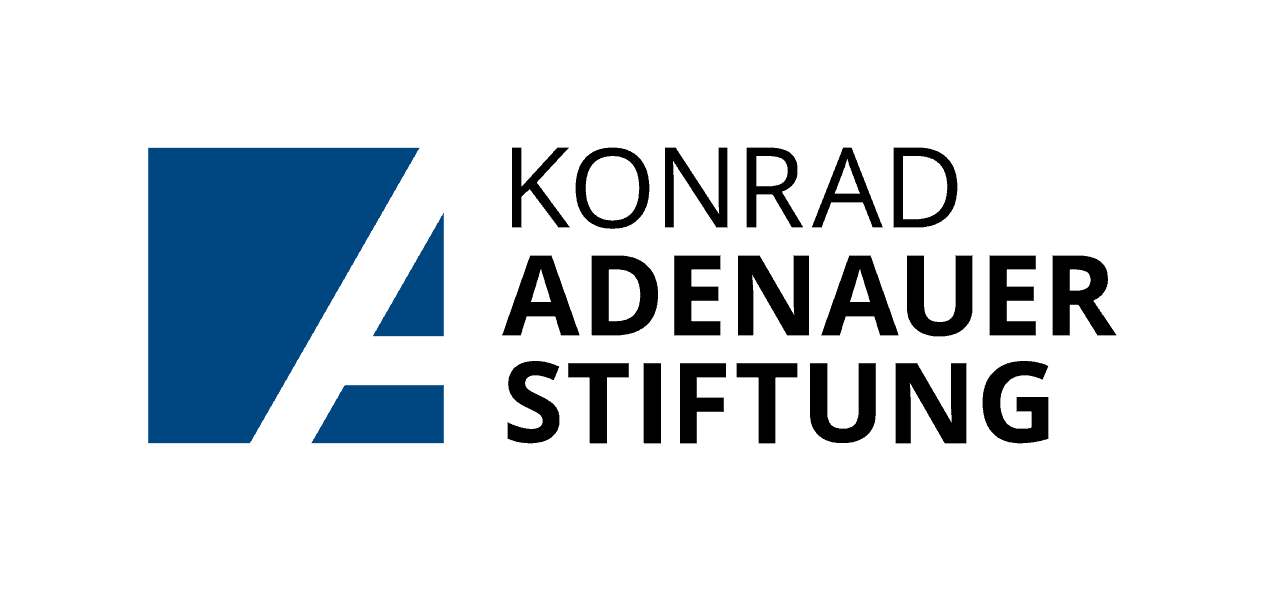Structure your interview in a way that, even if the interview does not go as you hope, you will still retrieve some of the information you needed.
- 1. Warm up (establishing a human relationship or a mutual bond)
- 2. Basic information, including confirming known facts
- 3. ‘Soft’ questions
- 4. ‘Hard’ questions
Estimate how much time the source will need to feel comfortable opening up. However, try to keep the early phases of the interview short and light – compatible with cultural courtesy requirements – and get to the point as swiftly as you can. Make sure your interview follows a logical structure by establishing the information on which you can base more challenging questions later. Your questions must be easy to understand, clear and to the point. A group of shorter questions that build on one another is better than a long rambling question where your source could get lost. Run through these questions in your head beforehand.
Some advice:
- > Avoid multi-part questions. For example: “Minister, are you aware of tender irregularities, did you supervise the process and why did so and so get the contract?” You will only get an answer to one part – usually the part your source actually wants to discuss.
- > Avoid double negatives, which confuse. For example: “Isn’t it true that you didn’t pay the money back?” Such questions can prompt either an answer about the money, or the truthfulness of the statement. “Is it true that you did not pay back the money?” is much simpler and clearer; “Did you pay back the money?” is even better.
- > Include confirmation questions. These are questions to which you know the answer. They will help cover the basics, and give you a sense of the accuracy of your source. If your interviewee is bemused by the simplicity of the question, do not take offence. You do not need to but you can explain that readers need to hear about an explanation in their words, not yours. Note the difference between closed questions (those that invite a yes / no answer)
- > Include open questions. These questions should encourage a source to expand on their ideas. Open questions give you colour and a narrative; closed ones ground the story in facts — use a mix of both.

